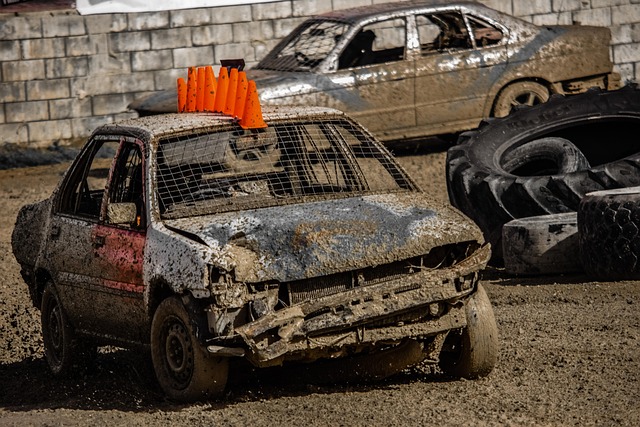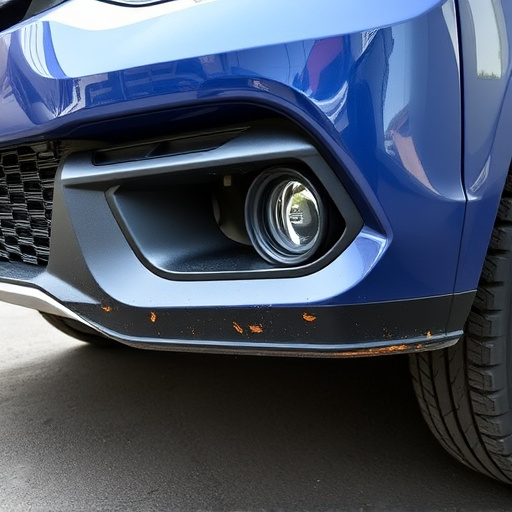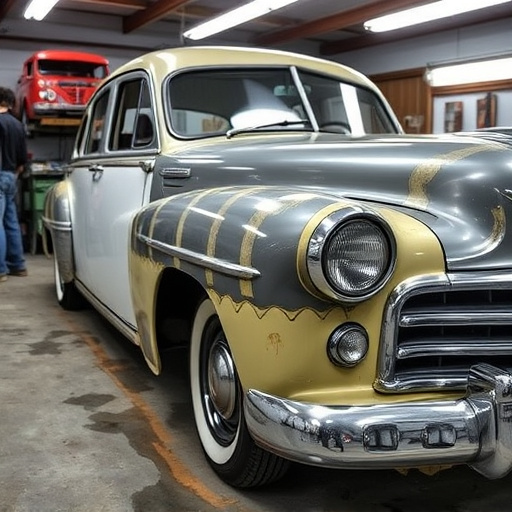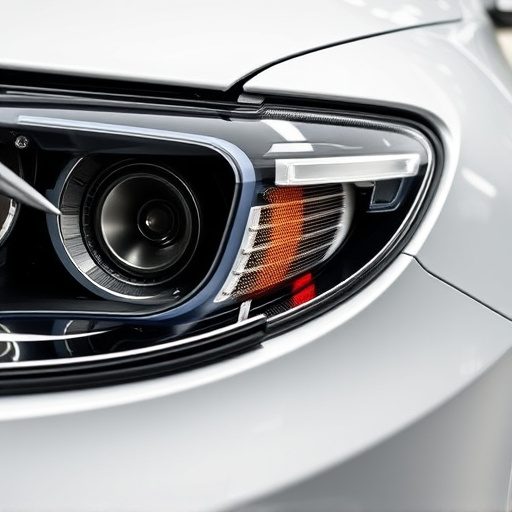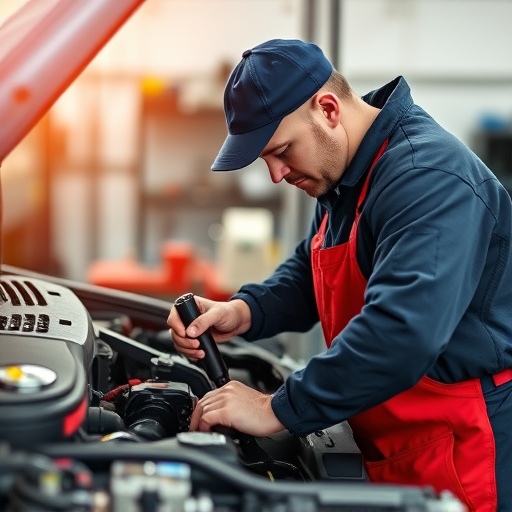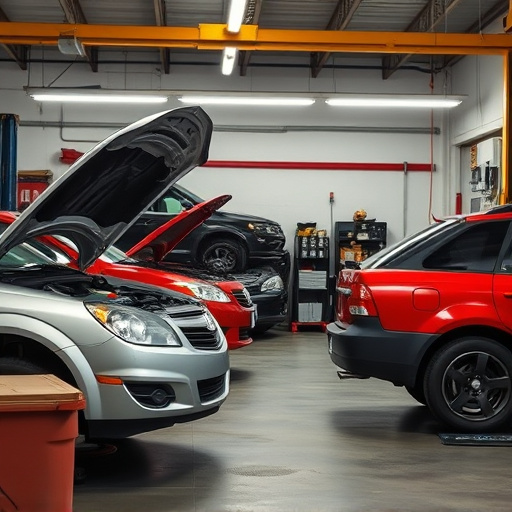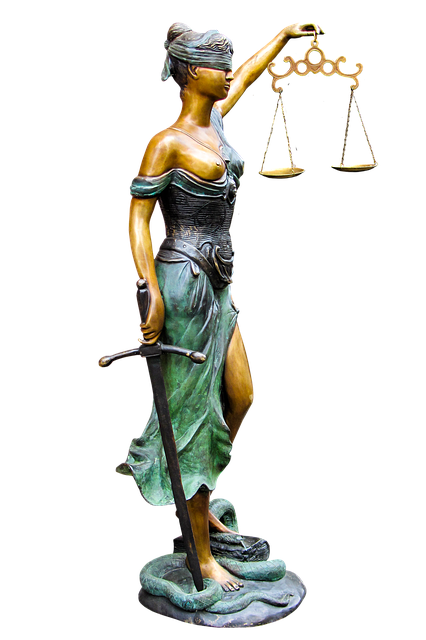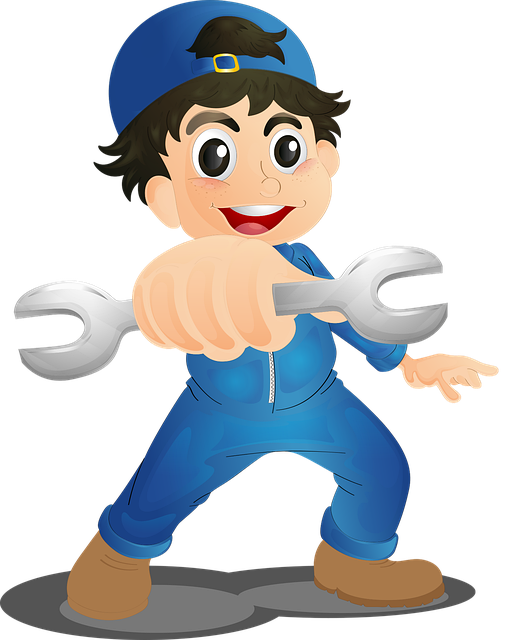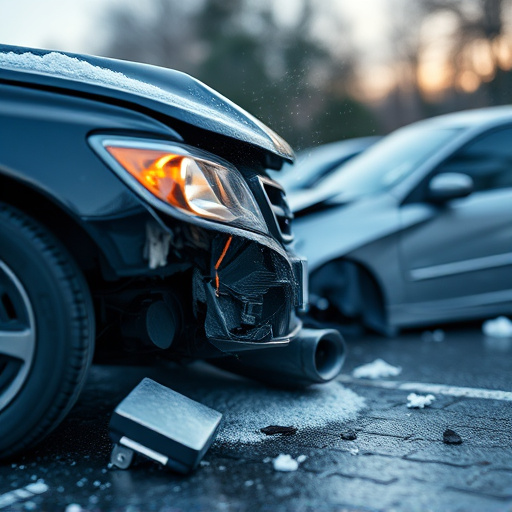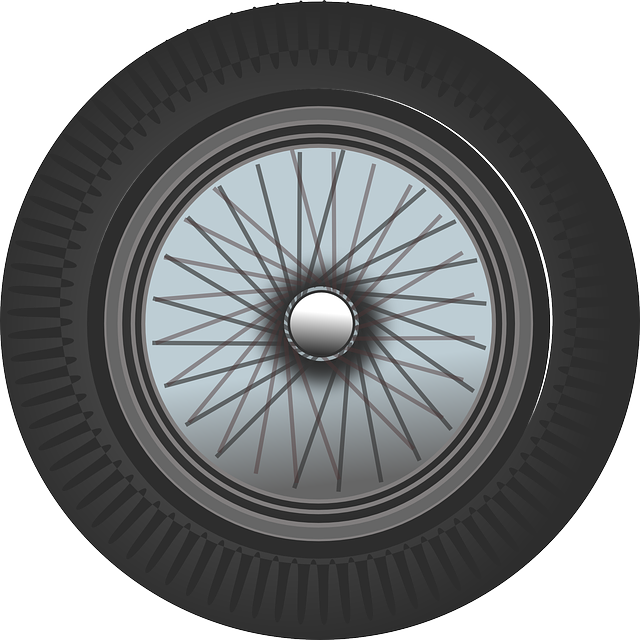Auto frame repair shops handle hail and collision damage using advanced tools like laser alignment and CAD software. Technicians first assess external deformities, then employ 3D scanning and measurement to pinpoint subtle structural issues. These technologies enable precise non-invasive repairs, restoring vehicles to pre-incident condition with focus on safety and performance.
Auto frame repair shops play a critical role in ensuring vehicle safety after accidents. This article delves into the meticulous process these professionals use to assess frame damage, a key step in effective repairs. We explore common types of frame issues, from bent panels to misaligned components. Next, we uncover advanced visual inspection techniques and state-of-the-art tools that help mechanics pinpoint exact damage. By understanding these methods, drivers can have greater confidence in the expertise behind their vehicle’s restoration.
- Understanding Common Frame Damage Types
- Visual Inspection Techniques Employed
- Advanced Tools and Technologies Used for Assessment
Understanding Common Frame Damage Types
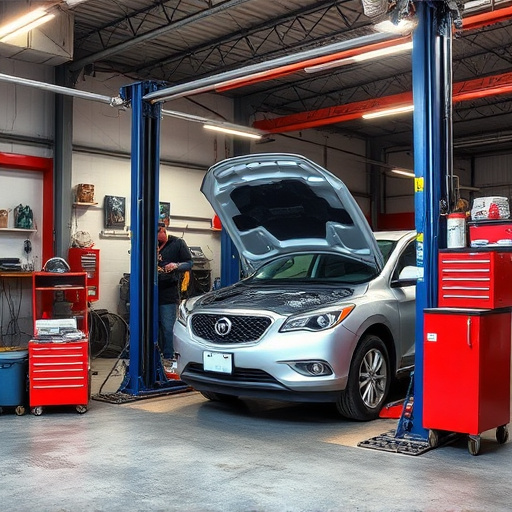
Auto frame repair shops encounter a variety of frame damage types on a regular basis. Understanding these common issues is crucial for accurate assessments and effective repairs. One of the most prevalent forms of frame damage is hail damage repair, which can range from minor dents to severe deformities. These impacts often occur during storms and can accumulate over time, affecting not just the exterior but also the structural integrity of the vehicle.
Collision repair services, whether due to accidents or other incidents, also present unique challenges. Crashes can result in misaligned panels, bent frames, and even complete section replacements. Auto repair shops employ specialized tools and techniques, such as laser alignment and computer-aided design (CAD) software, to accurately diagnose and rectify these issues. By understanding the nuances of different frame damage types, auto frame repair professionals ensure that vehicles are restored to their pre-incident condition, maintaining safety and optimal performance.
Visual Inspection Techniques Employed
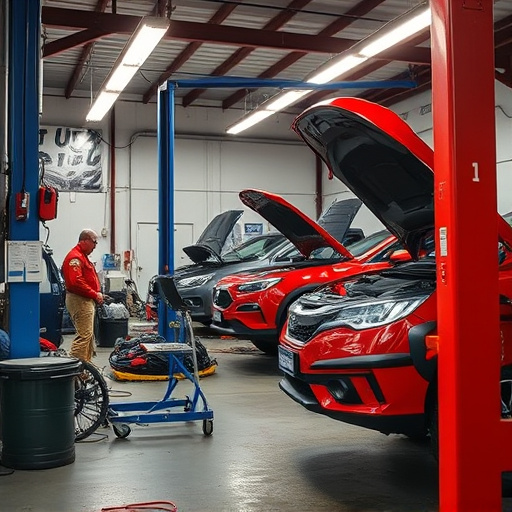
Auto frame repair shops employ a series of meticulous visual inspection techniques to assess frame damage accurately. The process begins with a thorough external examination, where skilled technicians scan the vehicle for visible signs of deformity, such as dents, bends, or misalignments in the chassis and body panels. This initial step helps identify potential structural weaknesses that could compromise safety and handling.
Once the external inspection reveals anomalies, more advanced tools and methods are utilized to delve deeper into the car’s bodywork. Techniques like laser measurement and 3D scanning capture precise data on dimensions, angles, and deformations within the frame. These non-invasive methods enable auto body repairs that restore the vehicle to its original structural integrity while ensuring optimal performance and safety for future use.
Advanced Tools and Technologies Used for Assessment
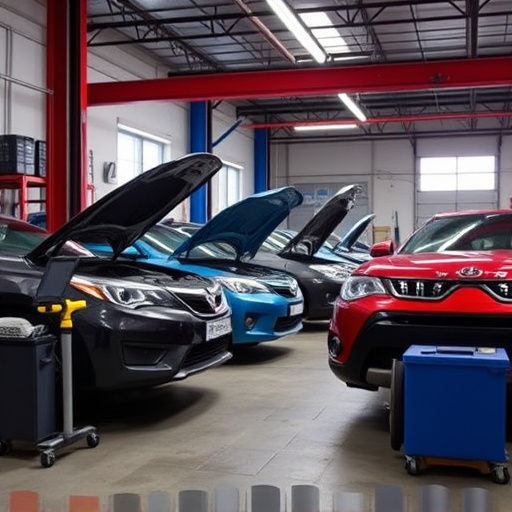
In the realm of auto frame repair, advanced tools and technologies have become indispensable for accurately assessing frame damage. These innovations allow skilled technicians to thoroughly inspect vehicles, especially after a car collision repair, ensuring every component is in optimal condition. From laser scanners that capture precise 3D measurements to sophisticated software that identifies subtle deformities, these modern resources provide an in-depth analysis, enabling accurate estimates and effective treatment plans for various types of frame damage.
By leveraging cutting-edge technologies, auto frame repair shops can seamlessly transition from initial assessments to meticulous car dent removal and subsequent vehicle paint repair processes. This seamless integration not only streamlines the repair journey but also guarantees that every detail is accounted for, ensuring vehicles return to their pre-collision condition or even better.
Auto frame repair shops utilize a multi-faceted approach to assess frame damage, combining traditional visual inspection techniques with advanced tools and technologies. By understanding common types of frame damage and leveraging these innovative methods, they can accurately determine the scope of repairs needed, ensuring safe and reliable vehicle restoration. This meticulous process is paramount in the auto frame repair industry, fostering both customer confidence and high-quality outcomes.
